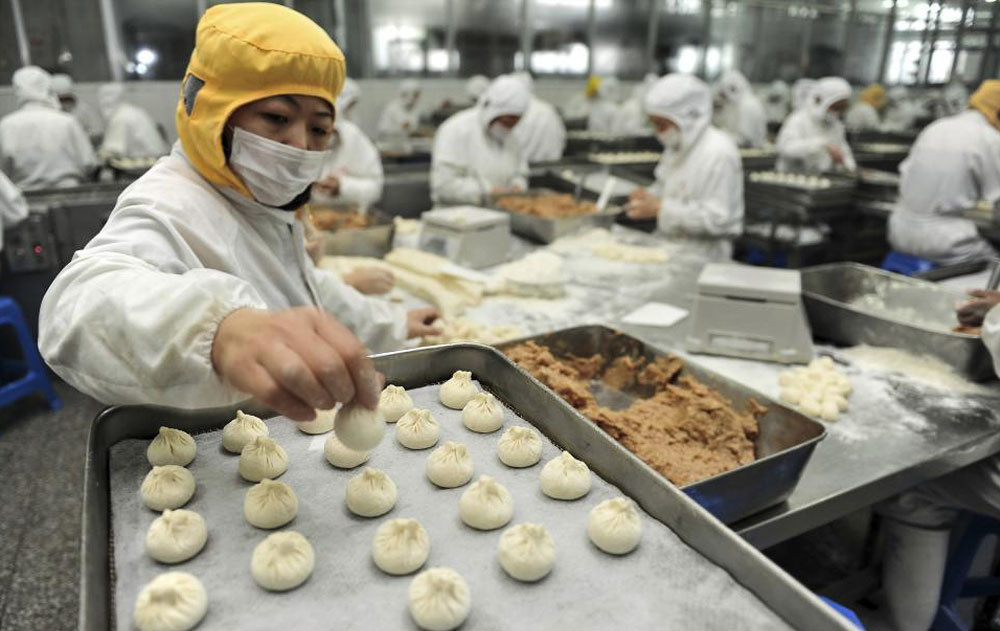The global food industry continues to thrive, evolve and innovate, despite over half of the world’s population being either overweight, obese or underweight (Global Food Security). The challenges and opportunities the industry faces are driven by a multitude of factors including environmental, socio-economic, political and ethical. As manufacturers evolve their offerings to cater to diverse global consumer demands, such as convenience, health and value, they rely on the food and beverage ingredient industry to deliver.
At Food Ingredients Europe last November, we saw the best the industry has to offer, including flavours for nutritional products, sustainable cocoa, insect protein and various sugar alternatives, as well as a focus on sustainability and corporate social responsibility.
Some of the global trends apparent at the show have been summarised by Innova Market Insights in their predictions for 2018, including:
- Mindful choice: consumers are more conscious about making responsible food choices that are not only healthy but also take sustainability into account. There has been a 44% CAGR from 2012-16 in products featuring ethical claims.
- Natural colours: natural food colours open up opportunities to deliver vibrant coloured, ‘instagram-able’ food with a clean label. From 2012-16 there was a 14% CAGR in global new products featuring claims of natural colours.
- From snacks to mini meals: snacks are becoming more healthy, as well as wholesome, nutritious and sustaining. There has been a 13% CAGR between 2012-16 in snacks featuring a ‘single portion’ claim.
- Craft gains mass appeal: larger producers step into the craft area, focusing on products with a rustic look, distinctive ingredients, unique cooking methods and stories that connect. From 2015-6, there was a 241% increase in craft tea launches.
In addition, the sugar reduction trend, which was instigated by regulators in the UK hoping to tackle childhood obesity, is gaining global momentum. Manufacturers are turning to natural ingredients such as fruit and nuts, as well as flavours to enable reduced sugar or reduced calorie claims.
Spotlight on China
Our team in Asia Pacific will be attending thefood ingredients shows Hi China in Shanghai in June 2018 and Fi Asia-China in July 2018. The EU SME Centre claims that China is now the world’s largest Food and Beverage market, having overtaken the United States in 2011.
- According to Euromonitor, the Chinese food service sector is now the largest in the world, with a EUR 440 billion turnover in 2014 and 7.3 million outlets.
- By 2018, the Association of Food Industries predicted that China would be the world’s largest consumer of imported food.
China’s food imports have quadrupled over the decade from 2005 to 2014, and the EU was the largest importer, with F&B imports to China worth EUR 8.2 billion (USD 9.4 billion), while the US was fourth with USD 5.5bn. Food imports are projected to reach EUR 66 billion this year (2018). One of the reasons for the growth in imports is that China has limited arable land (11% vs 17% in Ireland, 24% in Italy and 25% in Spain).
A perception of quality is associated with international food brands in China, especially with regards to food safety and imports are also necessary to feed market demand. China has an increasing demand for protein, dairy and meat products, including chicken and offal. With 1.3 billion inhabitants, China is unable to produce enough to feed its population. However, for global brands looking to tap into the potential of the red dragon, failure is as likely as success. Understanding the market can take years of planning and committing with adequate investment is key.
If you want to talk to us about support on the ground in China in the run up to and during the upcoming ingredient shows, contact us.






